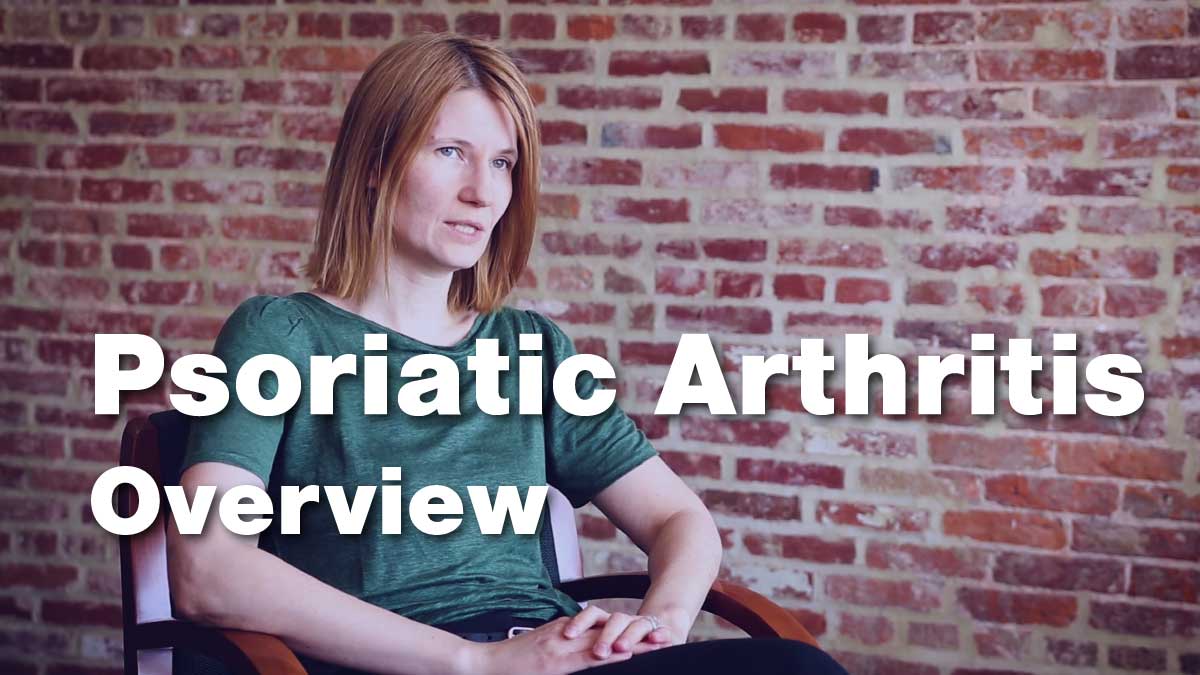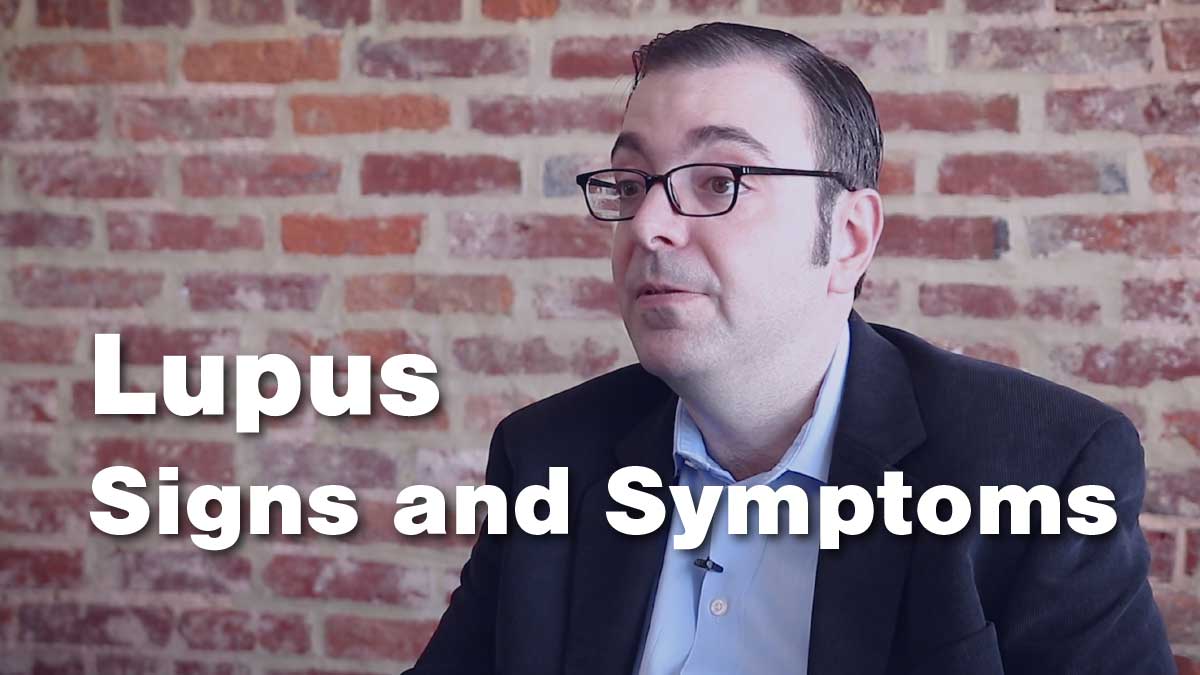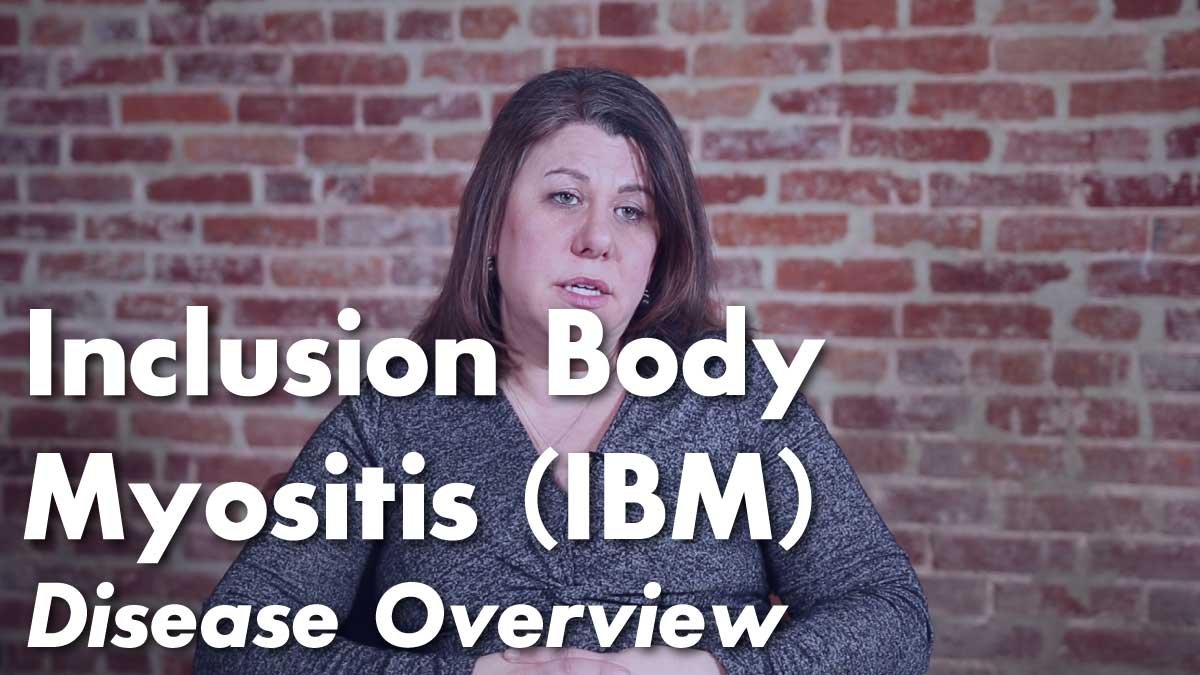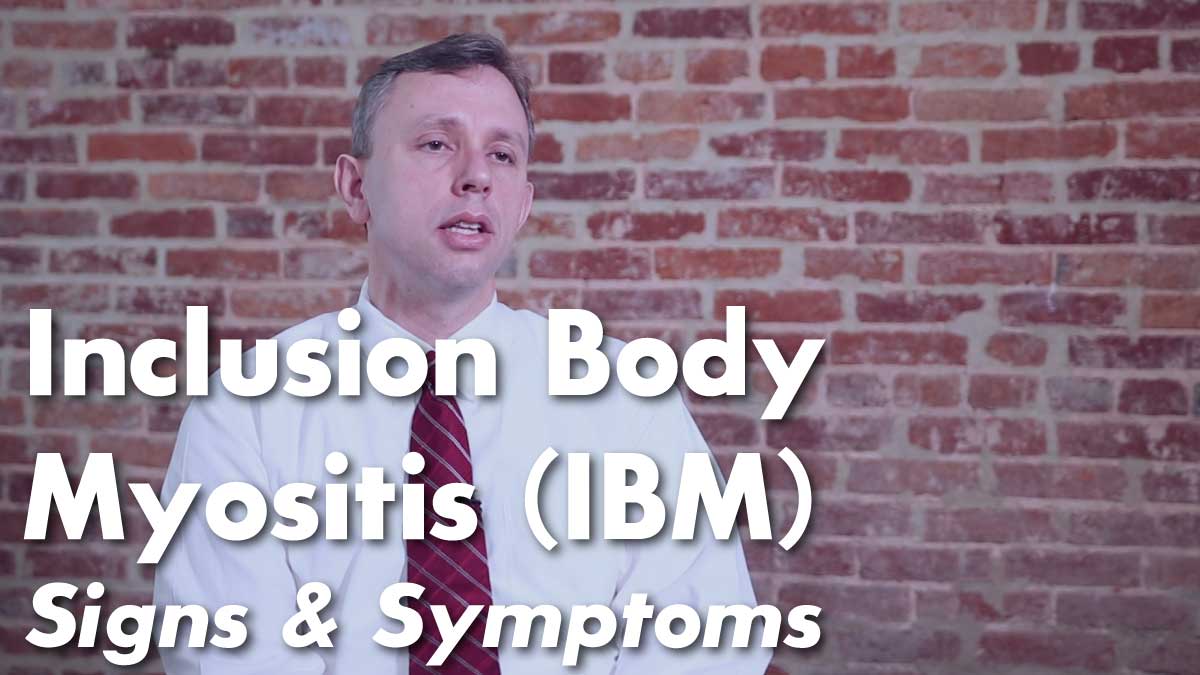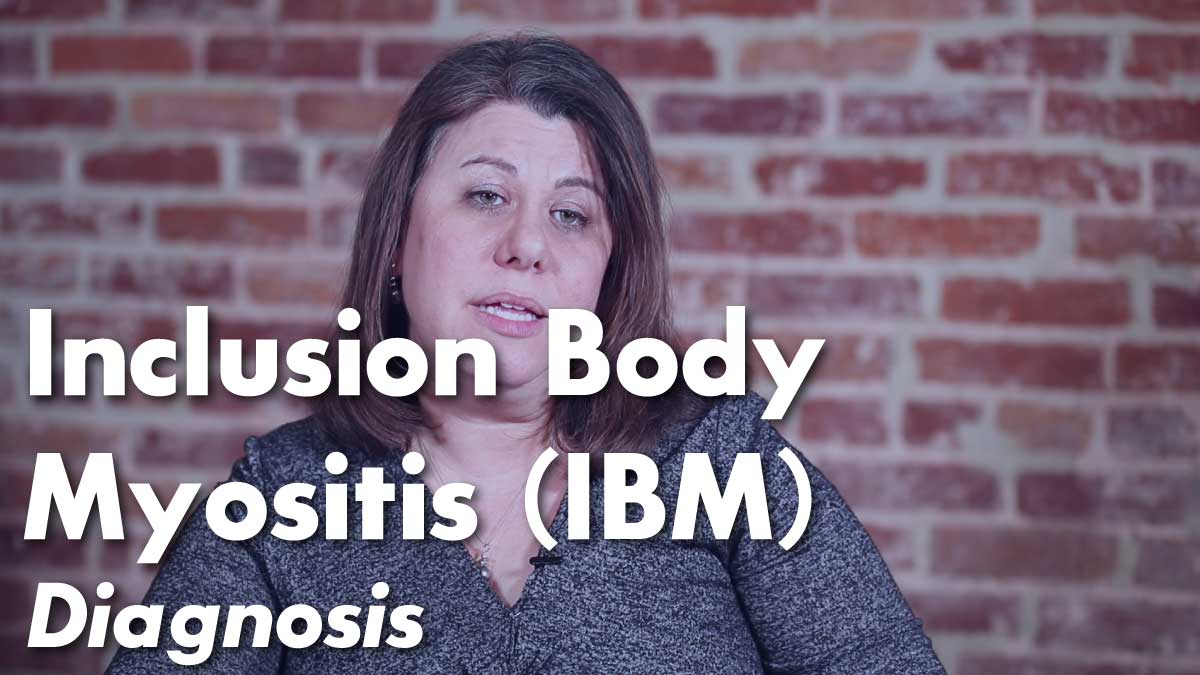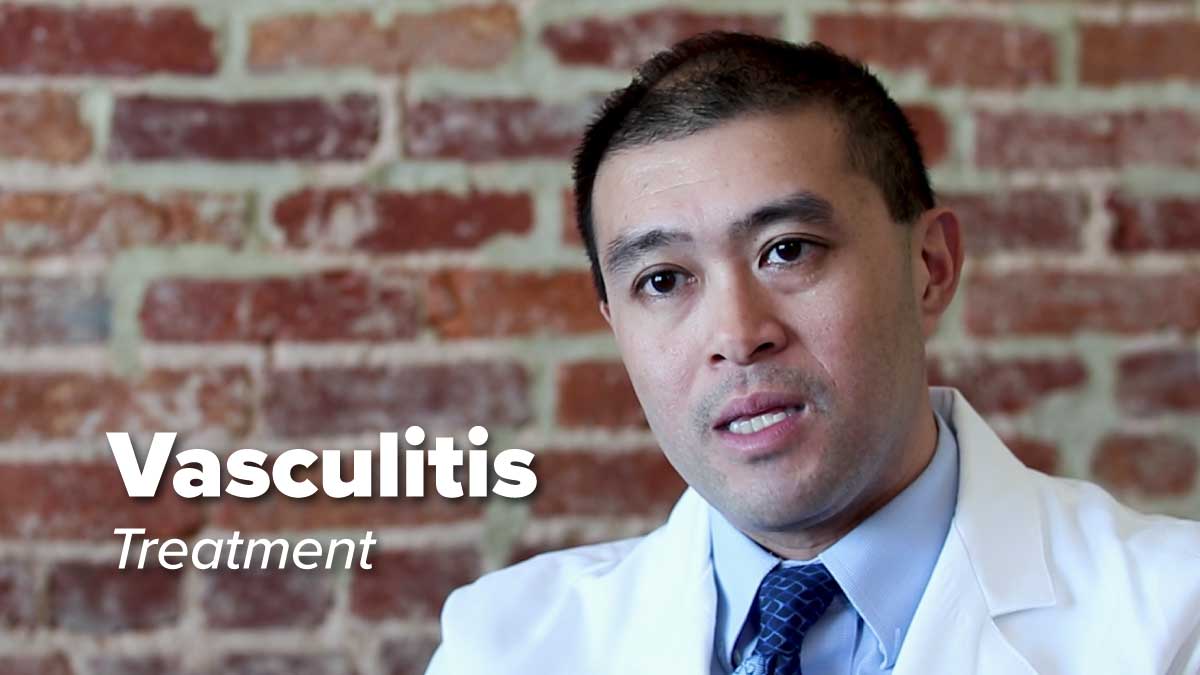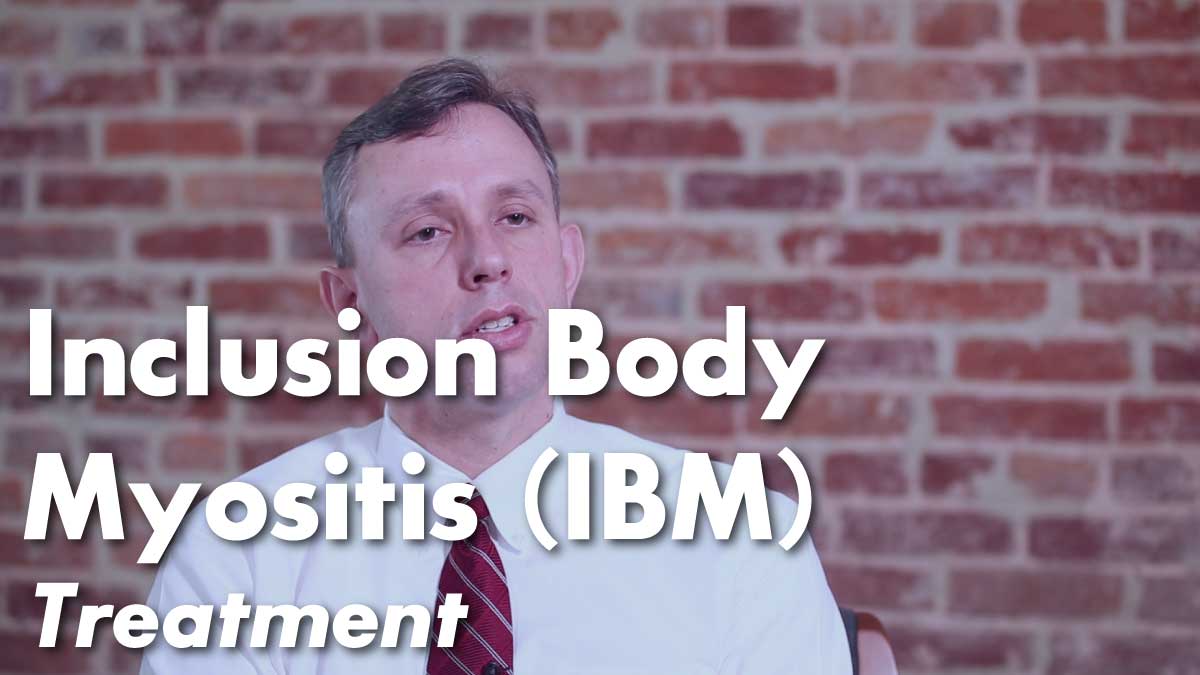
Early symptoms with psoriatic arthritis are important. People will complain of pain and swelling in their joints – hands, feet, wrists, etc. They may have a small patch of psoriasis or have psoriasis covering many areas of the body.
In this video, Dr. Orbai with the Johns Hopkins Arthritis Center discusses the signs and symptoms of Psoriatic Arthritis
